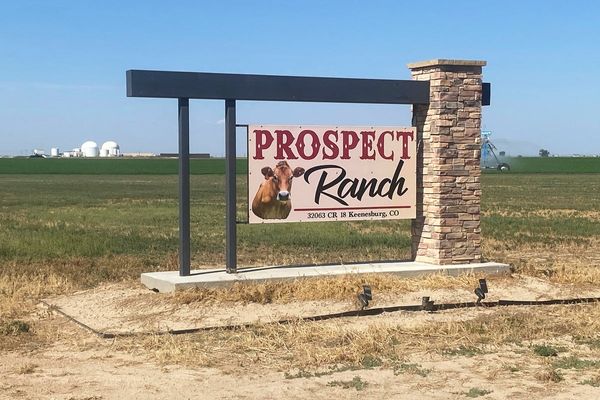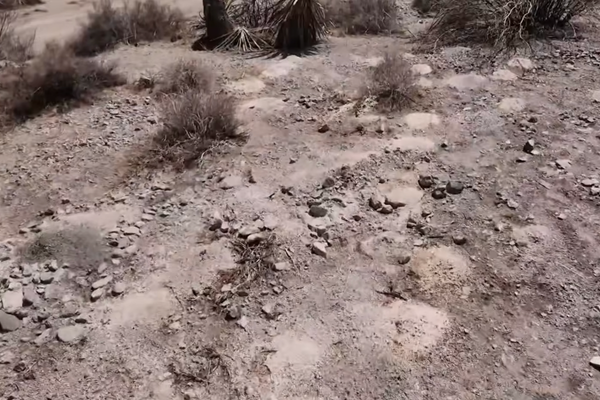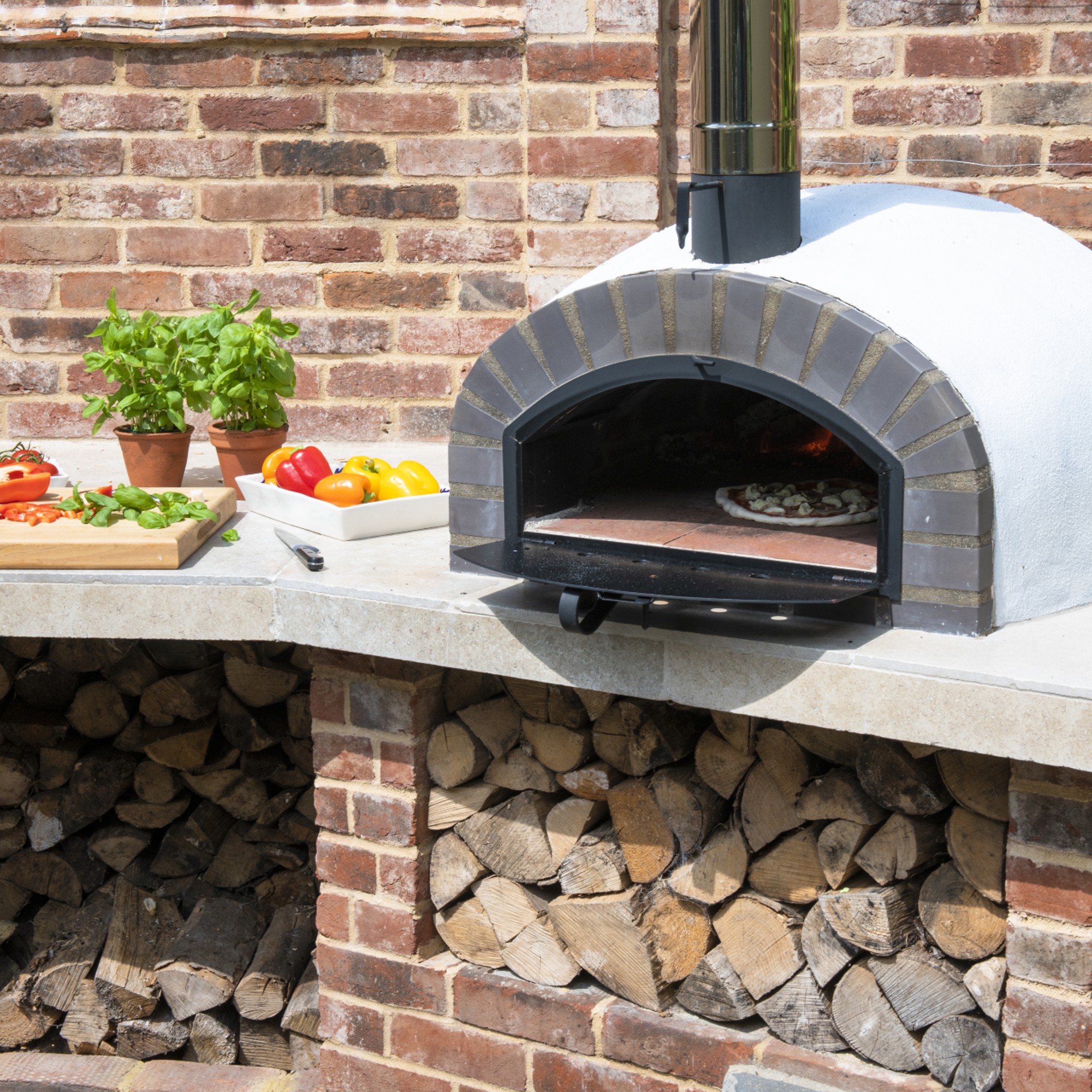
Are you wondering exactly how a pizza oven works? We're right there with you. Pizza making is a great social activity that can really bring your outdoor space to life, and while it can be done with a standard oven, the experience is elevated tenfold with one of the best pizza ovens.
That's all thanks to how pizza ovens work. These (usually) outdoor ovens reach much higher temperatures thanks to the engineering behind them, enabling crispy bases, melted cheeses and flame-grilled toppings, crafting that pizza deliciousness that we all know and love.
Since we've tested dozens of them, we thought it was only right to get down to the nuts and bolts of how these ovens work. And once you're all clued up, you can decide if you want to own one.
How does a pizza oven work?
At-home pizza ovens work differently from the commercial ovens found in your favourite pizzeria. Still, the central principle is the same: you need high heat to craft quality pizza.
There are 3 ways at-home pizza ovens are usually fuelled: wood (including pellets), gas or electric. Any of these heat sources can be used to get to the required temperature of around 500°C. Once the chamber inside the oven is that hot, insulating materials keep it at that heat for as long as possible.

When hot enough, you'll insert your pizza into the oven, and the base will cook through contact with the hot pizza stone. If you're burning wood or pellets, you can load more fuel into your hopper at this point to create a rolling flame, which will chargrill your toppings too.
Some models, such as one we tried in our Witt ETNA Rotante Pizza Oven review, have a rotating stone, to get full coverage cooking with no effort at all. For the most part though, you'll need to manually rotate your pizza with a peel, as the back of your oven will likely be hotter than the front.
If the sound of a rustic DIY oven appeals to you, we've looked into how to build a pizza oven, so that you can have an entire outdoor kitchen crafted by your own fair hand. Outdoor built-in ovens will tend to be crafted from brick, and you'll need plenty of those insulating materials we mentioned earlier.
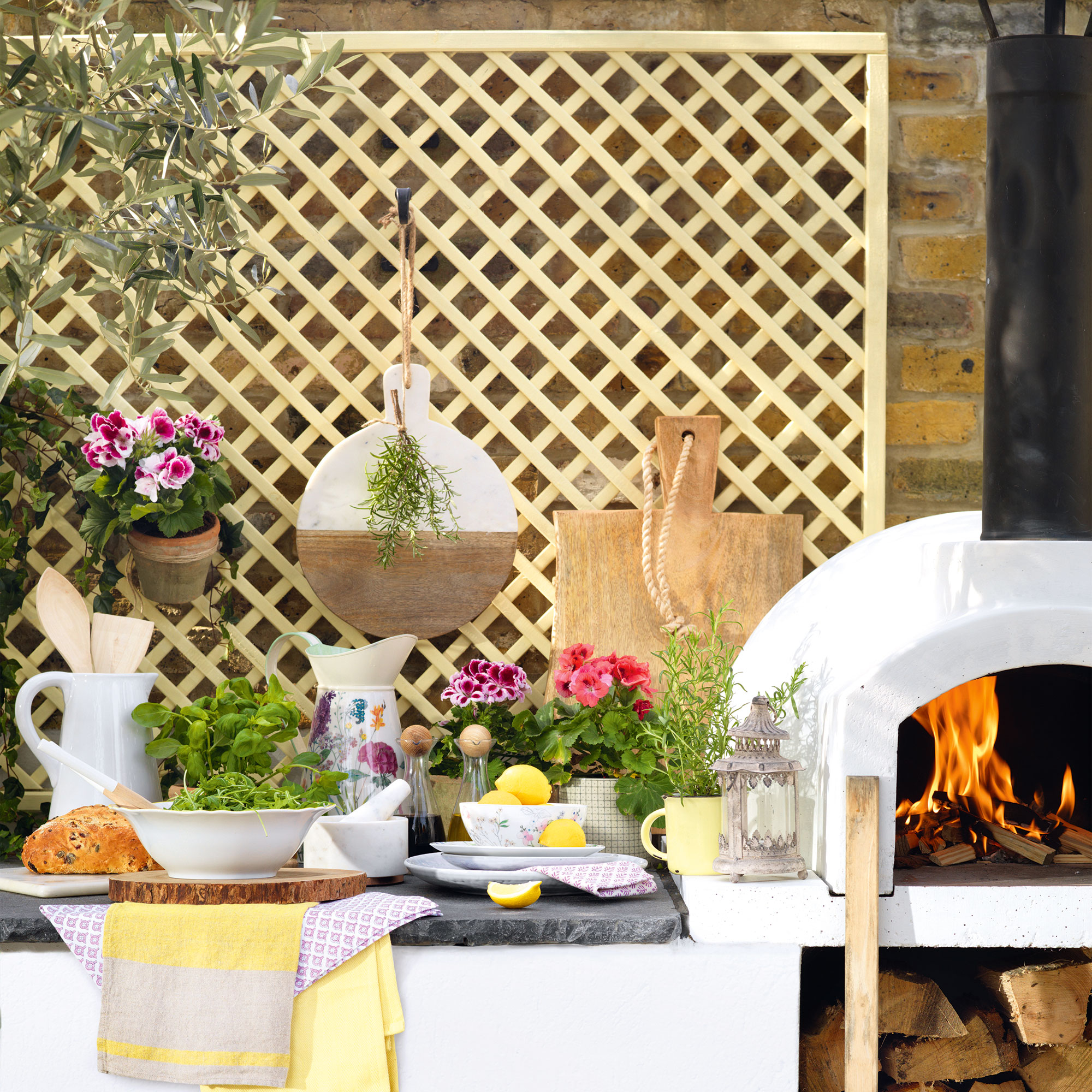
Other smaller at-home ovens, such as by one of our top-rated brands Ooni, have stainless steel exterior constructions with that all-important ceramic pizza stone slotted inside. Kristian Tapaninaho, Founder and Co-CEO of Ooni, provided us with more detail on exactly how the brand's ovens work.
'Ooni's ovens are based on the principles of traditional solid-fuel pizza ovens,' says Kristian 'but are smaller, more accessible and heat up much faster.
The ovens reach temperatures of up to 500 °C and the height of the ceiling allows that super hot air to circulate and the baking stones retain heat to ensure an oven cook - so anyone can make authentic Neapolitan-style pizza at home.'
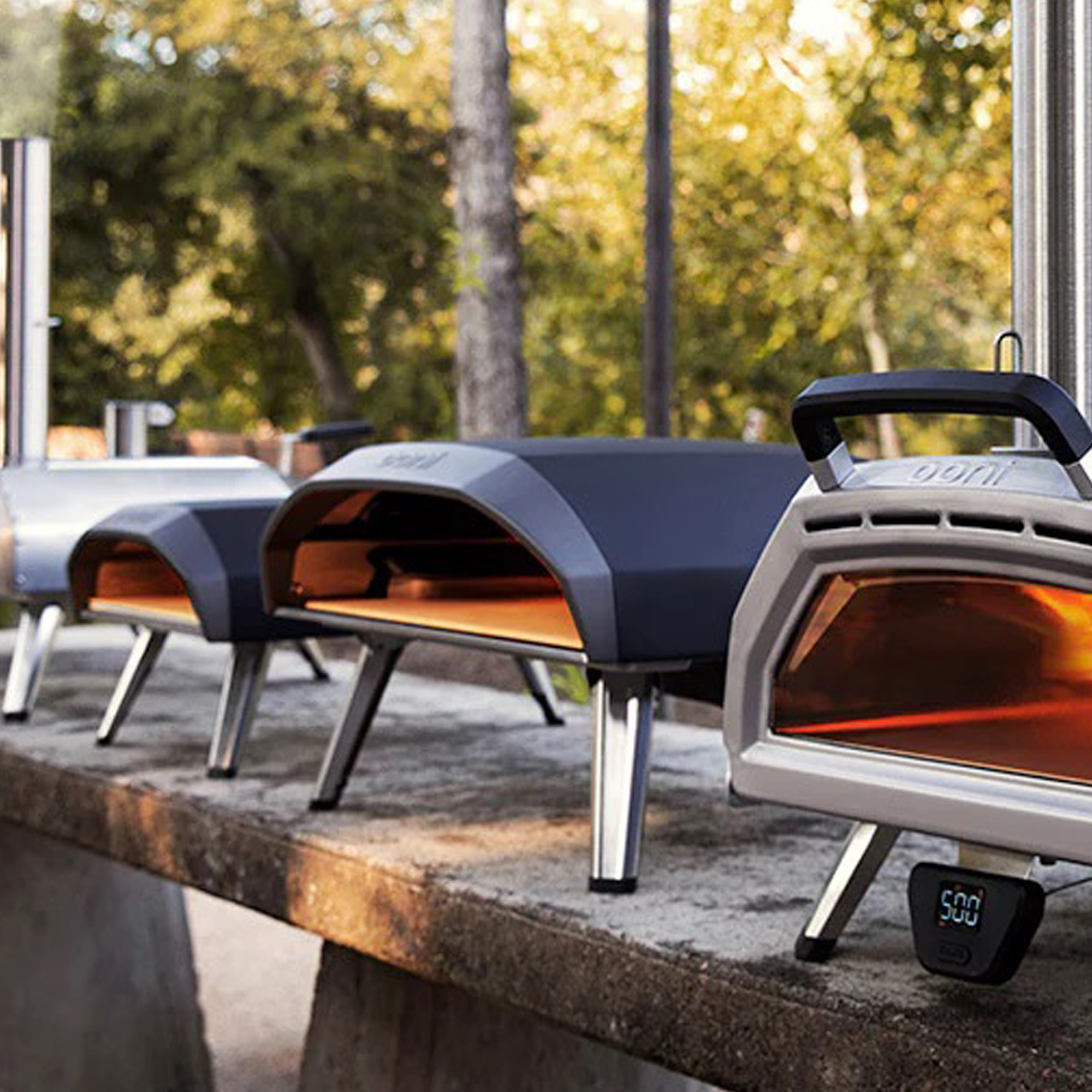
Ooni's ovens are run either by burning wood pellets in a hopper or by connection to gas. The latter is certainly a popular option for those who want to precisely control the temperature of their ovens, with Kristian adding: 'The recently unveiled Koda 2 Max is our largest and most advanced pizza oven yet.'
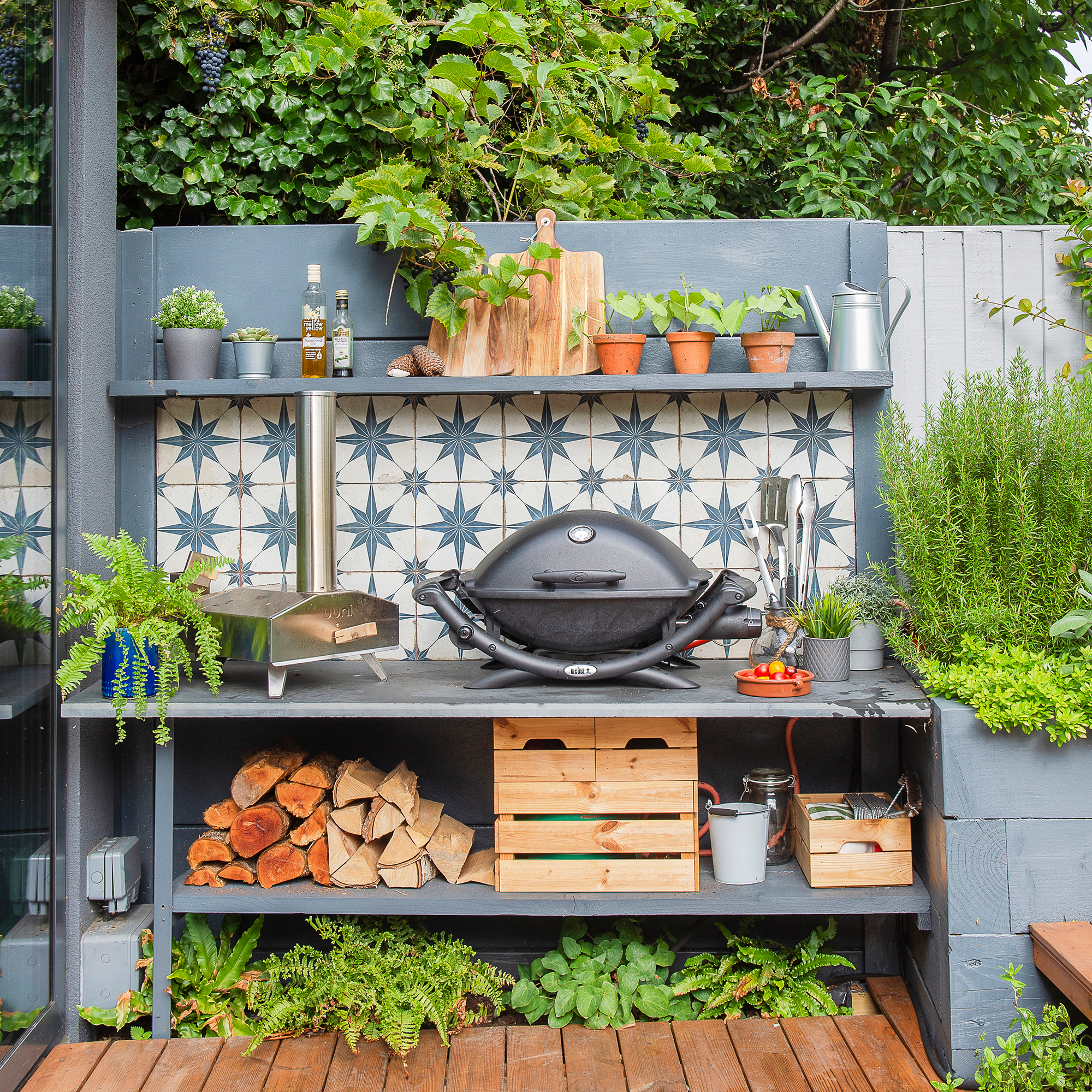
'The 24ʺ gas-powered pizza oven has an innovative dual-zone cooking function, whereby two independently controlled gas burners allow for multiple pizza styles (or other foods!) to be cooked simultaneously at a range of temperatures,' he explains.
'For example, you can quickly fire a Neapolitan-style one side, while baking a Detroit a little lower and slower on the other.'
Compact, portable and with all of the wood-fired deliciousness that you're looking for, the Ooni Fyra is our top-rated pizza oven that we've ever tested. And we've tested dozens!
The innovation of Ooni ovens is evidence that at home pizza ovens are improving all the time. It can be hard to know which Ooni to invest in off the bat, but our current top-rated favourite is the Ooni Fyra, which is simple to use and compact.
What makes a pizza oven better than a normal oven?
If you've ever dedicated a Friday night to making pizza which you've baked in your oven, you'll already know that the results can be a trifle disappointing. Chewy (or worse raw) dough and coagulated cheese make the difference between standard homemade pizza and what you can get delivered from the local takeaway quite stark.
If you've ever wondered why the quality difference is so stark, then we've got the answer. And you won't be surprised to hear it all comes back to high temperatures.

Kristian puts the difference in quality down to the fact that 'Most home ovens don't get beyond 230 °C and require considerable heat-up time.'
He adds that 'For traditional Neapolitan-style pizza, you need temperatures of 430 °C plus and would expect a 60-90 second cook time.'
That means that even if you fire your in-built oven up to the highest possible temperature, it won't quite cut it.
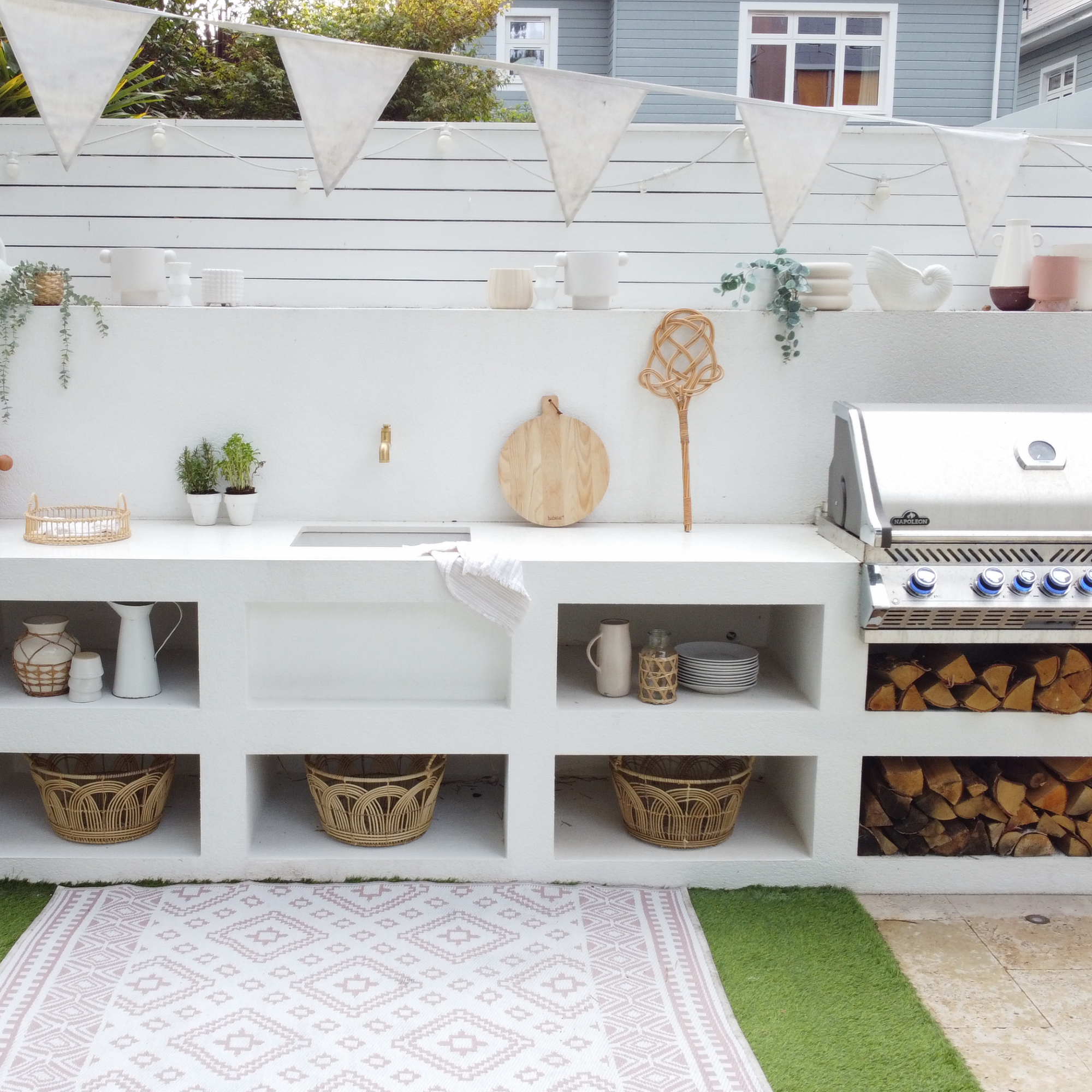
'There's no match for flame-cooked pizza on a super hot stone - a crisp base, beautiful puffy crusts and golden browned toppings just make people happy,' explains Kristian.
'Multi-fuel pizza ovens in particular give cooks more choice - use charcoal or wood for that smoky fired flavour, or gas for quick, clean convenience.'
The answer is simple then: if you want to get the highest quality homemade pizza at home, investing in a pizza oven is your best bet. Now you just need to decide on which one!


